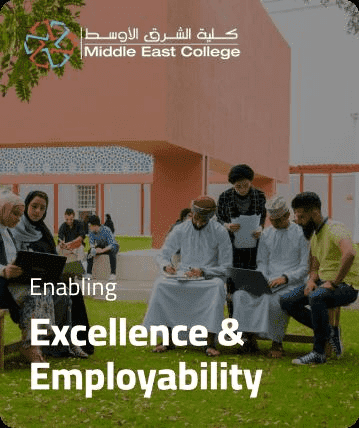Author: Hussam Al Balushi – MSc, CEng, PMP, Int PE
The concept of innovation in the civil engineering discipline broadly covers using new technologies, materials, software, and processes that aim to improve the built environment with less effort and time. The London Millennium Bridge is an excellent example of design innovation. It utilized lightweight materials in its construction with the concept of lateral load suspension in its engineering, which allowed for the avoidance of large/tall pillars to support and suspend the bridge. However, when it opened in early 2000, it faced an issue of lateral movement. The movement of pedestrians over the bridge caused lateral oscillation, which must not have been accounted for during the design, even though all other engineering parameters had been designed to the acceptable codes and standards. It is one of those projects and structures which can signify how innovation can bring technical challenges either during or after the structure has been built.
In this blog, I will share my perspective on how civil engineers can understand innovation in design. I will also consider the consequences and expected challenges in their implementation.
Various areas of innovation
Current innovation in civil engineering focuses on several areas, including but not limited to:
- Use of Artificial Intelligence and engineering software to aid in design.
- Use of new or emerging construction materials and technologies.
- Development of building monitoring systems and smart infrastructure.
Artificial Intelligence is one of those areas that will help engineers design in many ways. For one, it can help reduce errors in civil structure design and their relevant calculations. Such systems can also learn from repetitive use and develop economic design. Similarly, for civil structures facing dynamic loading where they are needed to be constructed, such as marine environments, offshore platforms, and jetty structures, AI systems can provide better prediction of the behaviour of seawater and tidal waves in order to optimize the design of the structures.
New materials in construction are evolving and being developed at a somewhat slow pace in civil engineering compared to other engineering disciplines. There could be a lot of reasons for this, however, it’s not the scope of the essay to cover that. Currently, a lot of focus is on improving quality or reducing manhours to achieve economy in design and construction.
For example, the use of hybrid or modular construction materials is a leading industry trend that, although having a lot of advantages in terms of time/schedule saving and quality improvements, can still have technical design challenges, especially in terms of coordination and finalization of all cross-discipline inputs. These become one of the more prominent drawbacks of such systems when a decision is made to utilize them in a project.
On the other hand, new materials such as geosynthetic cementitious composites are supporting industries such as oil and gas and remote construction infrastructure projects, especially in the design of stormwater ditches and their lining, and the stabilization of large cut and fill faces of soil and rock. Engineers need to decide on the suitability of the use of such composites due to their drawbacks, such as low compressive, flexural, and shear strength, joint detailing, and weak joint penetrations. This, in my opinion, means they may not be suitable in areas facing large impact loads from falling rocks or very high-velocity flow of stormwater when used in a drainage application.
In a nutshell, challenges to innovation in design can be many and from multiple sources. Civil engineers should attempt their best effort at analysing the possible challenges and propose mitigations based on available systems and capabilities of the industry and local regulation. The breadth of knowledge in such challenges can be gained from reviewing lessons learned from other projects, such as in peer review workshops. Transparency in the industry is needed to ensure the success of future projects utilising innovative design.
This is of significant importance to the construction industry, especially since civil structures are unlike final products developed in the manufacturing or information technology industry, where a completed product can be scrapped easily, and the re-engineered product is rebuilt. The process of development, design, construction, and commissioning of civil structures can take years to achieve completion, and the learning from such design/construction will be spread over that period without the ability to stop and start a re-modification in a trouble-free manner.





